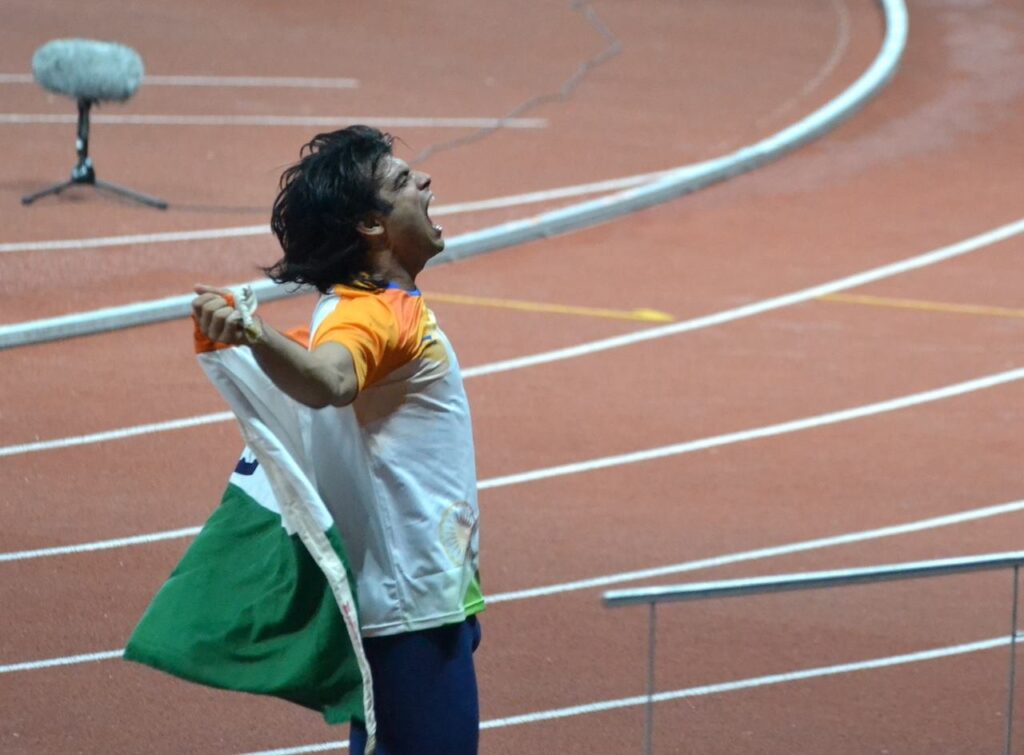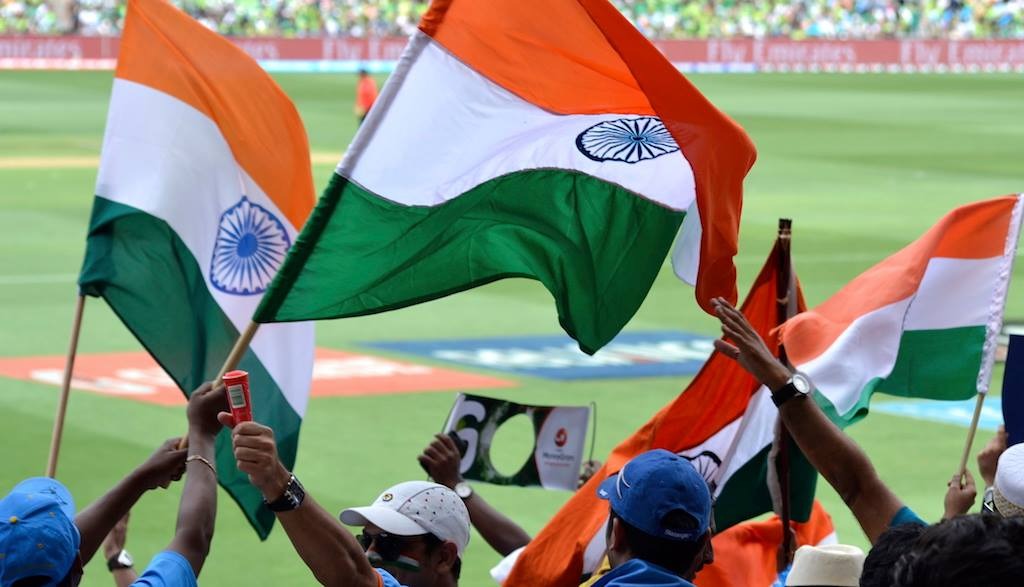
The Tricolor. It conjures so many beautiful emotions. Obviously, it is a living testimony of the freedom that we experience and enjoy, a reminder of the sacrifices made by so many to earn India its independence, and a proud statement of our national identity. And when it is waved in sporting arenas around the world, it has a whole different feel to it.
There is so much we owe those who worked hard to make India an independent country. There is so much we owe the pioneers of sport who instilled a sense of nationalism among legions of fans with their achievements. Maj. Dhyan Chand stands tall for his act of getting the Indian team to gather around the Indian flag ahead of the final game in 1936 Olympic Games in Berlin.
Geet Sethi, the peerless world billiards champion and founder of Olympic Gold Quest, never tires of reminding us that, barring the President, it is only a sportsperson who gives reason for authorities in alien lands to hoist the Indian flag, often to the accompaniment of the national anthem.
The first time I heard him say that was on return from the Asian Games in 1998 when, along with the then Indian Olympic Association president Suresh Kalmadi, we were part of a TV show called Question of Answers hosted by Vir Sanghvi. He was very candid in calling out the lapses in administration but used this line about the flag most effectively.
Leander Paes springs to mind as an athlete who appeared to have shrouded himself with the Tricolour each time he stepped on the tennis court for a Davis Cup match or the Olympic Games. Of course, every Indian athlete worth his or her salt has striven hard to do the country proud by combining their physical talent with emotional skills.
Talking of Olympics, there have been just four gold medals that Indians have won in my lifetime. And Indians have been privileged to witness only two — Abhinav Bindra’s 10m air rifle gold in 2008 and Neeraj Chopra’s javelin throw gold in 2021 — since the advent of colour television. Both are embedded in the minds of everyone fortunate to watch the events.
A super strong memory is of the outpouring of emotions when India won the 2011 cricket World Cup final with a victory over Sri Lanka in the final in Mumbai. After celebrating that success from the studios of All India Radio in New Delhi, I saw people spill over on the roads in the Capital, nearly everyone miraculously finding a Tricolour to wave through the night.
Trust me, this is not even a portion of the emotions that one feels at the venue, especially overseas. Each Independence Day celebration one has been of part is special — from schooldays to now — but the joy of seeing the flag hoisted on Independence Day in the High Commission of India in Colombo in 1997 stands out.

Yes, there can be nothing more emotional on foreign soil than the combination of the flag and anthem. The image of thousands of Indian flags in the Melbourne Cricket Ground during a 2015 World Cup match is etched in the mind. The goosebumps make their presence felt all over again when I recall the 70,000 Indians singing the national anthem in one voice.
Indeed, there is great joy in seeing the Tricolour flutter proudly alongside other national flags in international sporting competitions. More so, when an athlete makes it to the podium and becomes a reason for the Tricolour to be hoisted at the medal ceremony. And most, when that happens to the accompaniment of the national anthem after an India has won gold.
The Tricolour! It makes us do things. I speak from personal experience at the 1998 Asian Games when I was reporting for Hindustan Times. We had been in Bangkok for a week and India had drawn a blank on the first four days of the continental sports extravaganza. The Chinese national anthem rent the air, punctuated by the Japanese and Korean.
My mentor Mr. KP Mohan, who was reporting for The Hindu, and I decided that the 120 km drive from Bangkok to the Fort Adison Riding Club in Saraburi would be well worth the time simply because we would get to see the Indian flag go up for the first time in the 1998 Asian Games. The Indian eventing team was assured of winning a bronze medal in equestrian.
The Tricolour. Yes, it makes us do things that we often do not envisage. There can be no better example of that than in the 2018 Asian Games in Jakarta when Neeraj won the men’s javelin throw gold. From the time he walked in, warmed up and unleased throws that others could only look at in admiration, he was a picture of calm, a personification of composure.
Yet, within moments of photographer Rahul Pawar handing him the Tricolour, Neeraj was draping it over his back and let go of a primordial scream in triumph. The flag uncapped the emotions that were tucked inside the young man, and they found expression in that scream that drowned the cheers from the galleries.
It was a moment for the ages. It was a moment that reminds us of the qualities of the Tricolour, its gentle power, its magic, its lure.
Also Read: Celebrating Sport, and Not Just Winners, the Essence of Independence Day



